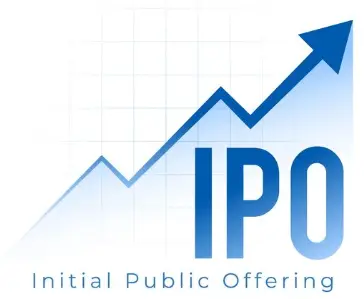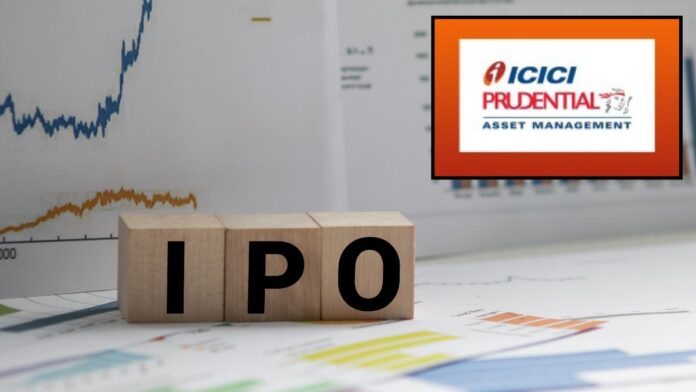What Does It Mean When One of India’s Largest Asset Managers Decides to Go Public?
The recent decision by ICICI Prudential Asset Management Company (AMC) to file for an initial public offering (IPO) has sparked significant interest and speculation in India’s financial markets. As a joint venture between ICICI Bank and UK-based Prudential, ICICI Prudential AMC stands as one of the largest asset managers in the country. This move is not merely another IPO; it represents a pivotal moment in the evolution of India’s burgeoning mutual fund industry.
ICICI Prudential AMC IPO: Filing with SEBI
On July 8, ICICI Prudential AMC submitted its draft red herring prospectus (DRHP) to the Securities and Exchange Board of India (SEBI). The IPO is structured entirely as an offer-for-sale (OFS), involving approximately 1.76 crore equity shares to be offloaded by Prudential Corporation Holdings, the foreign partner in the venture. Notably, there will be no fresh issue component, meaning the proceeds will go directly to the selling shareholder rather than the company itself. This strategic move positions ICICI Prudential AMC to join the ranks of asset managers tapping into public markets.
Objectives of the IPO
The primary objective of this IPO is to facilitate a partial exit for Prudential Corporation Holdings while also creating a public market for the company’s equity. The listing is expected to meet regulatory requirements and enhance the visibility of ICICI Prudential AMC in the financial landscape. By going public, the company aims to solidify its position in the market and attract a broader base of investors.
Business Overview of ICICI Prudential AMC
ICICI Prudential AMC operates primarily in the asset management sector, providing a diverse range of investment services. The company serves as the investment manager for ICICI Prudential Mutual Fund, which boasts a Quarterly Average Assets Under Management (QAAUM) of ₹87,941 crore as of March 31, 2025. With 135 mutual fund schemes under management, it holds the largest portfolio of schemes in India.
Key Services Offered
-
Mutual Fund Management: The company manages a wide array of mutual fund schemes, including equity, debt, exchange-traded funds (ETFs), and liquid schemes. It has seen steady inflows through systematic investment plans (SIPs) and systematic transfer plans (STPs), amounting to ₹39.1 billion in March 2025.
-
Portfolio Management Services (PMS): ICICI Prudential AMC manages ₹211.8 billion in PMS QAAUM, catering to over 23,000 clients across 25 strategies.
-
Alternative Investment Funds (AIFs): The company also manages both Category II and Category III AIFs, focusing on corporate credit opportunities and commercial office yield products.
- Offshore Advisory Services: Since 2006, ICICI Prudential AMC has provided investment advisory services to offshore clients, including Prudential’s in-house asset management business, Eastspring.
Revenue Streams
A significant portion of ICICI Prudential AMC’s revenue is derived from management fees across its various business lines. The offerings are designed to align with diverse client objectives, ranging from short-term income to long-term capital appreciation.
Major Shareholders
As of the DRHP filing, ICICI Prudential AMC is wholly owned by its two promoters: ICICI Bank and Prudential Corporation Holdings. ICICI Bank holds a 51% stake, while Prudential Corporation Holdings owns the remaining 49%. Both promoters are expected to retain their ownership percentages post-IPO, ensuring continuity in management and strategic direction.
Financial Performance
In FY2025, ICICI Prudential AMC reported a Quarterly Average AUM of ₹9,432.8 billion, with equity-oriented schemes comprising 55.5% of this total. The company generated total operating revenue of ₹49,773.3 million, with 94% stemming from management fees. The operating profit before tax stood at ₹32,361.6 million, and profit after tax was ₹26,506.6 million, reflecting a robust financial performance.
Key Financial Metrics
- Quarterly Avg AUM: ₹9,432.8 billion
- Operating Revenue: ₹49,773.3 million
- Profit After Tax (PAT): ₹26,506.6 million
- Return on Equity (ROE): 82.8%
- Earnings Per Share (EPS): ₹150.2
Market Position and Promoters
As of March 31, 2025, ICICI Prudential AMC holds a commanding position in India’s asset management sector, being the largest AMC by active mutual fund QAAUM with a market share of 13.3%. The company has consistently reported strong operating profits, accounting for a significant share of industry profits.
Risk Factors
While the IPO presents numerous opportunities, ICICI Prudential AMC has also flagged several risks in its DRHP:
- Market and Economic Volatility: Adverse market conditions could impact asset values and management fees.
- Product Underperformance: Underperformance of investment products may lead to a decline in assets under management.
- Uncertainty of Future Growth: Historical performance may not be indicative of future growth.
- Competitive Pressure: Increased competition could affect market share and fee structures.
- Reputation Risk: The company’s reliance on the reputation of its promoters could pose risks if any reputational harm occurs.
Conclusion
The impending IPO of ICICI Prudential AMC is more than just another public offering; it is a significant event that reflects the growth and maturation of India’s mutual fund industry. As one of the largest asset managers in the country, ICICI Prudential AMC’s move to go public offers investors a unique opportunity to gain insight into the inner workings of a key player in the financial services landscape. With a robust business model, strong financial performance, and a strategic vision for growth, this IPO is poised to attract considerable attention from both retail and institutional investors alike.

